Vocals. Often the centerpiece of a mix, they carry the emotional weight of a song. But what do you do when you want to inject some of that old school analog warmth into your vocal mixes?
The answer, my friend, lies below. Read on to discover some practical tips for making vocals warm as a summer day…
What's in a Voice?
A voice is generally considered to sound warm when there's a greater emphasis on lower frequencies. This creates a rich, full sound, whereas a voice that lacks low mids would be heard as cold or harsh.
Compare the voices of James Earl Jones and Cartman. Despite his dark side tendencies, Darth Vader's voice is a lot warmer than that of the amoral South Park character.
The key to achieving the kind of analog warmth you hear in professional mixes is to dial in those low mids and make them pop, while at the same time keeping the whole mix uncluttered.
Let's look at how to do that, starting at the very beginning of the recording process.
Before You Record
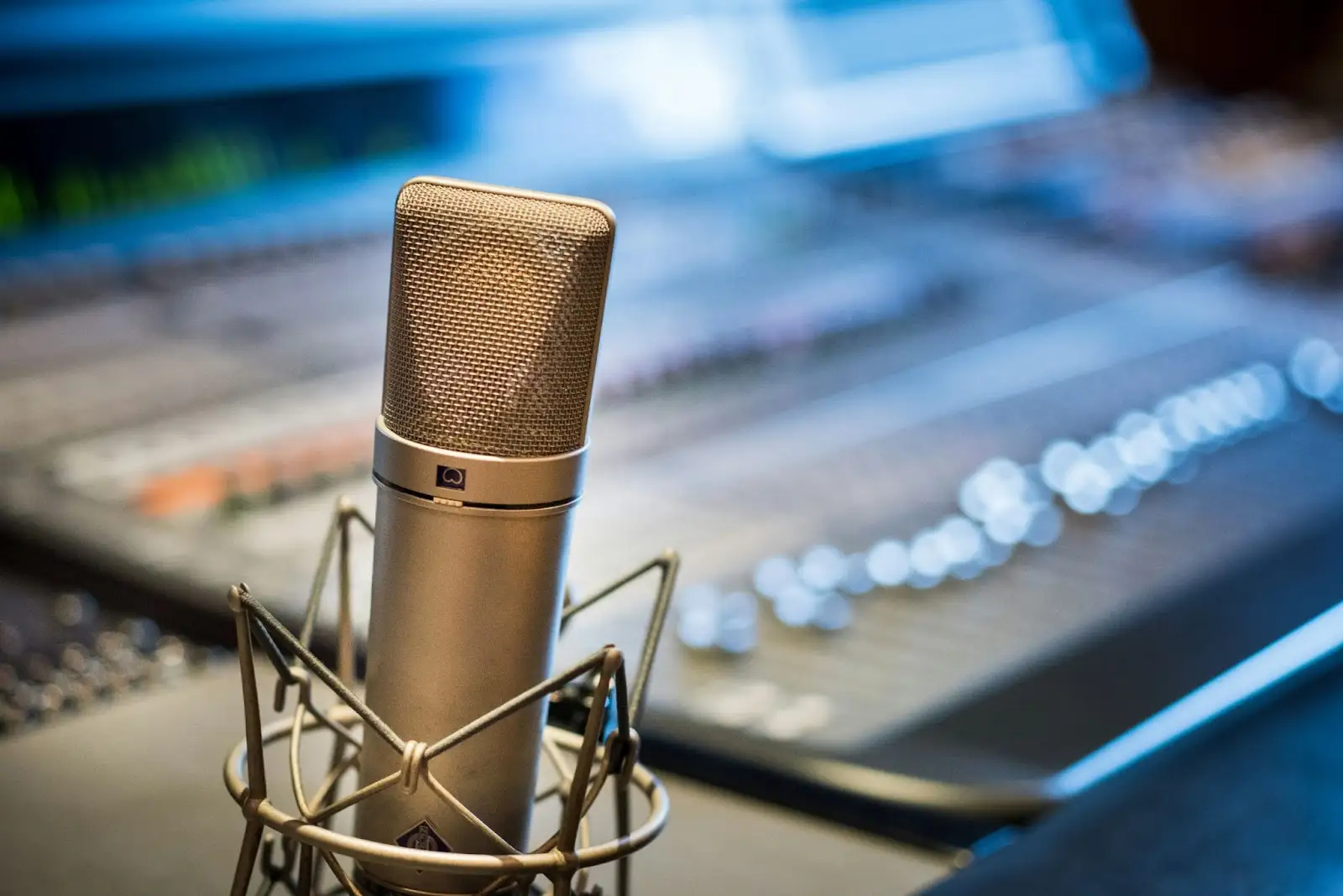
Before your vocalist starts singing, there's a few things you can do to ensure warmth and depth in the recording.
Choose Your Microphone Wisely
Some microphones sound warmer than others, so experiment with different mics to find one that compliments your singer's natural tone.
Condenser mics are generally considered to be warmer than dynamic mics, and other engineers swear by ribbon mics. Everybody's voice is different so you'll need to know the pros and cons of each mic to know which will work best for a particular singer.
Use a Mic Preamp
If you have the option of tracking through a mic preamp, use it! This can be a hardware unit or a preamp plugin . Either way, introducing that analog warmth and air into the recording phase will benefit you further down the line.
Treat Your Room
If the room you're recording in isn't acoustically treated , you may end up with room reflections in your vocal take that make it sound cold.
If you can't afford professional acoustic panels, heavy duty moving blankets will help mop up some of the room reflections and make your vocals sound a bit warmer.
Mic Technique
Finally, one way to achieve warm and yummy vocals during the performance stage is to be close to the microphone. Obviously this technique means you also have to sing softly with your delivery, so will only work for some types of song.
Sometimes though, the way the vocals are recorded is out of your hands. If this is the case, don't give up hope! There's still plenty of tricks you can keep up your sleeve to add warmth post-recording.
Arrange With Care
Before you begin fiddling with the vocal track itself, consider the mix as a whole. If it's a busy arrangement, you may find that other instruments are masking the natural warmth of the vocals.
Instruments that share similar frequencies to the vocals, like guitars, keyboards, and synths are the main culprits.
To create space in the arrangement for a warm, full vocal, start by bringing up just the bass and drums. Once you have a nice balance between them, bring up the vocal and get a static mix going. Treat it as if that was the entire band.
From there, bring in the other tracks one at a time. If you find some sounds still masking the vocals, carve out competing frequencies with an EQ.
Processing the Vocals
Now let's look at some processing techniques for the vocal track itself.
EQ
Judicious use of EQ is perhaps the single most effective way to make a thin vocal sound warm.
Boost the Low Mids
Boosting the low mids of a vocal can give it depth and help it sound warmer. This lower range is where the fundamental frequency of the voice sits - generally speaking somewhere between 100-300Hz.
Find where this note is on your vocal track and give it a gentle boost - around 2-3dB at first. Be careful not to overdo it, as things can get muddy fast.
Use a Dynamic EQ
If you have a dynamic EQ like the Fab Filter Pro-Q, use the same process as above, but make the filter a dynamic one for even greater control when expanding the low frequencies.
Leave Space for the Vocals
If you find the vocal is getting covered by all the sounds going on in your mix, use EQ to carve out space for the vocal in the instrumental parts.
An efficient way to do this is by setting up a dedicated instrumental bus, and EQing the audio coming through. Bonus points if you're using a dynamic EQ; try side-chaining the vocals to the dynamic band being attenuated.
Compression
Multiband Compression
Try using a multiband compressor to apply upward compression to the low mid frequencies. This is a similar technique to using a dynamic EQ, but the affected bands will be broader, and the process will color the sound more.
Internal Side-Chain Compression
If you have a compressor that has an internal side-chain feature, try setting the filters so that only the high frequencies trigger the compression to kick in. This will result in the lows being less compressed, resulting in added warmth to the vocal.
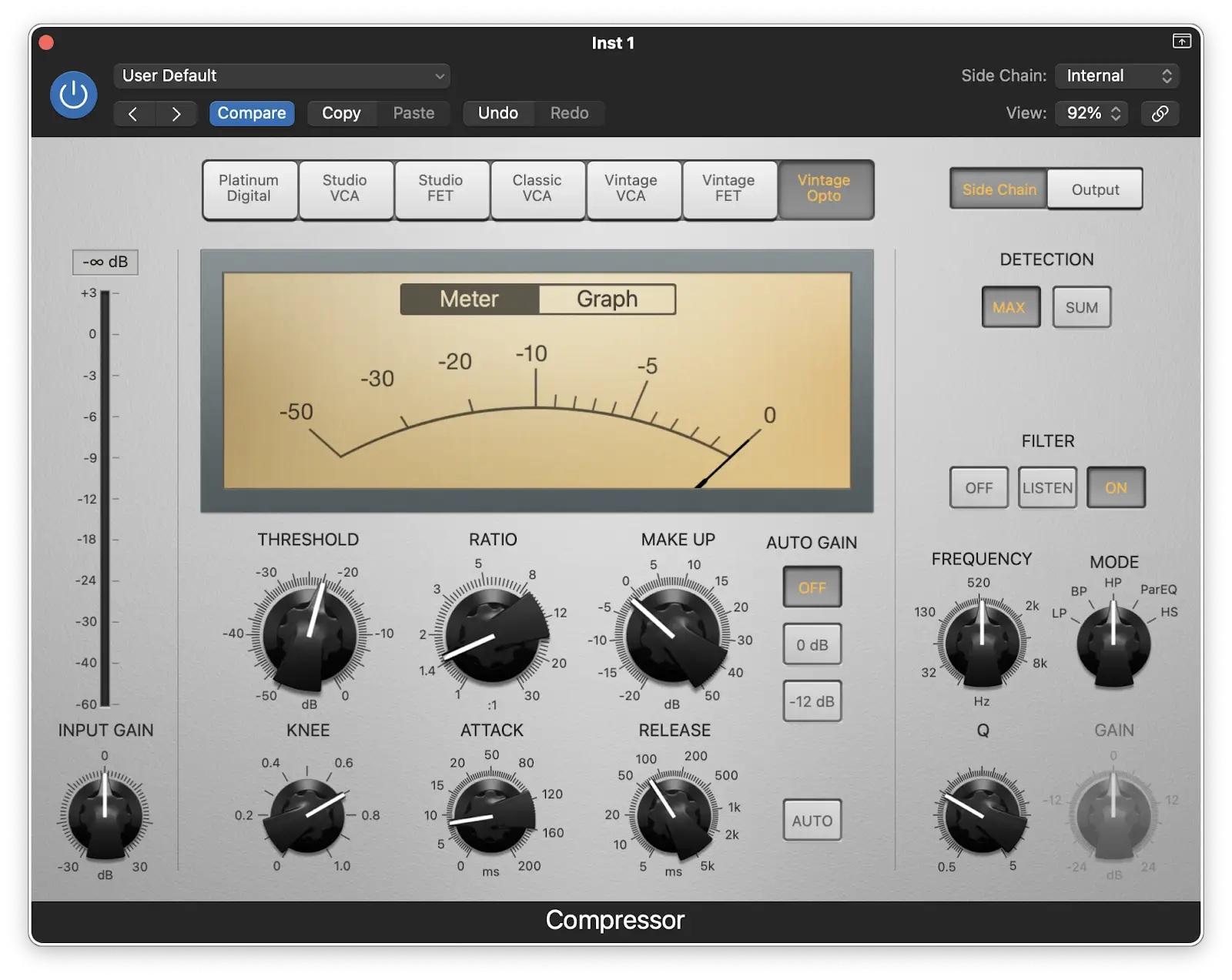
Saturation
Saturation plugins emulate the transformers and tubes of the analog era, lending instant warmth to any audio - vocals or otherwise.
This form of distortion adds warmth by generating 2nd order harmonics (one level above the fundamental) and can be a great way to add life to your mixes.
Throw a tape or tube emulator onto your vocal tracks and see how much depth it can create. Be subtle with your settings though - you can have too much of a good thing!
Parallel Processing
Parallel processing is the technique of mixing together two versions of the same audio - one dry and unprocessed, the other heavily processed. A common example is parallel compression .
It's a trick used by many producers, and it can be an amazing way to create warmth in a vocal.
Leave your main vocal with the bare minimum of processing, then duplicate the track, or bus it to an aux channel. On this new channel try adding an EQ with the low mids boosted, some internal side-chained compression, and a splash of tape saturation.
Blend this affected signal with the original vocal until you achieve the warmth you're after.
Alternatively, try some parallel upward compression. Duplicate your vocals, or send them to an aux. Insert a linear phase EQ on the duplicate (or aux) channel with a low pass filter inserted, then add upward compression to bring out the warm lows in the voice.
The beauty of parallel processing is that the duplicate channel can be fully automated so you can adjust the balance throughout the tune.
Plugins to Add Warmth
There's a ton of technology out there to help take your vocals from thin to cozy. Here's a handful of plugins to get you started:
Softube Saturation Knob
This evergreen saturation plugin from Softube can give your productions extra body and analog warmth. It's easy on the CPU juice, and works wonders on everything - bass, guitars, drums, and of course, vocals.
SGA 1566 Tube Preamp Plugin
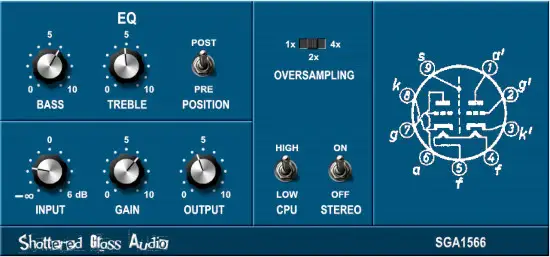
This excellent offering from the folks at Shattered Glass Audio brings the classic vintage tube tone straight into your DAW. Great for adding warmth to vocal tracks. Perhaps most importantly, it's free.
Fab Filter Pro-Q
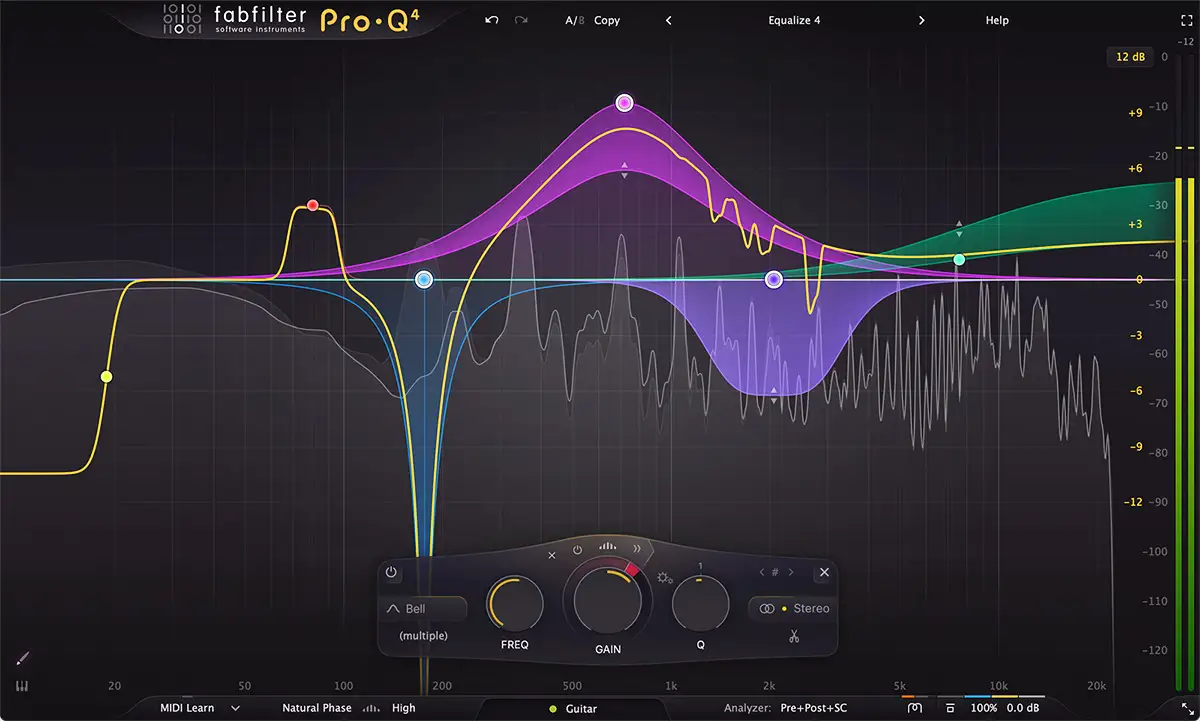
This excellent EQ from Fab Filter is one of the most versatile on the market. Offering regular, dynamic, and linear phase EQ, it also features a handy visual display so you can see the frequency range of your tracks. It's just the ticket for hitting the right note in any project.
Waves Silk Vocal
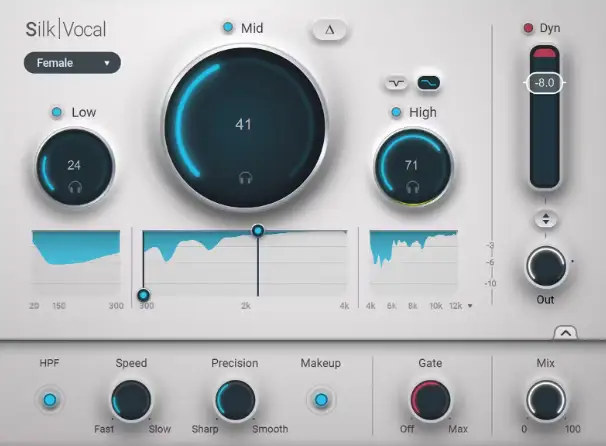
This smart plug-in from Waves is an EQ and dynamics processor in one. It's designed to make mixing vocals a breeze, and provides a one-stop shop for shaping and controlling the tone of your vocals.





